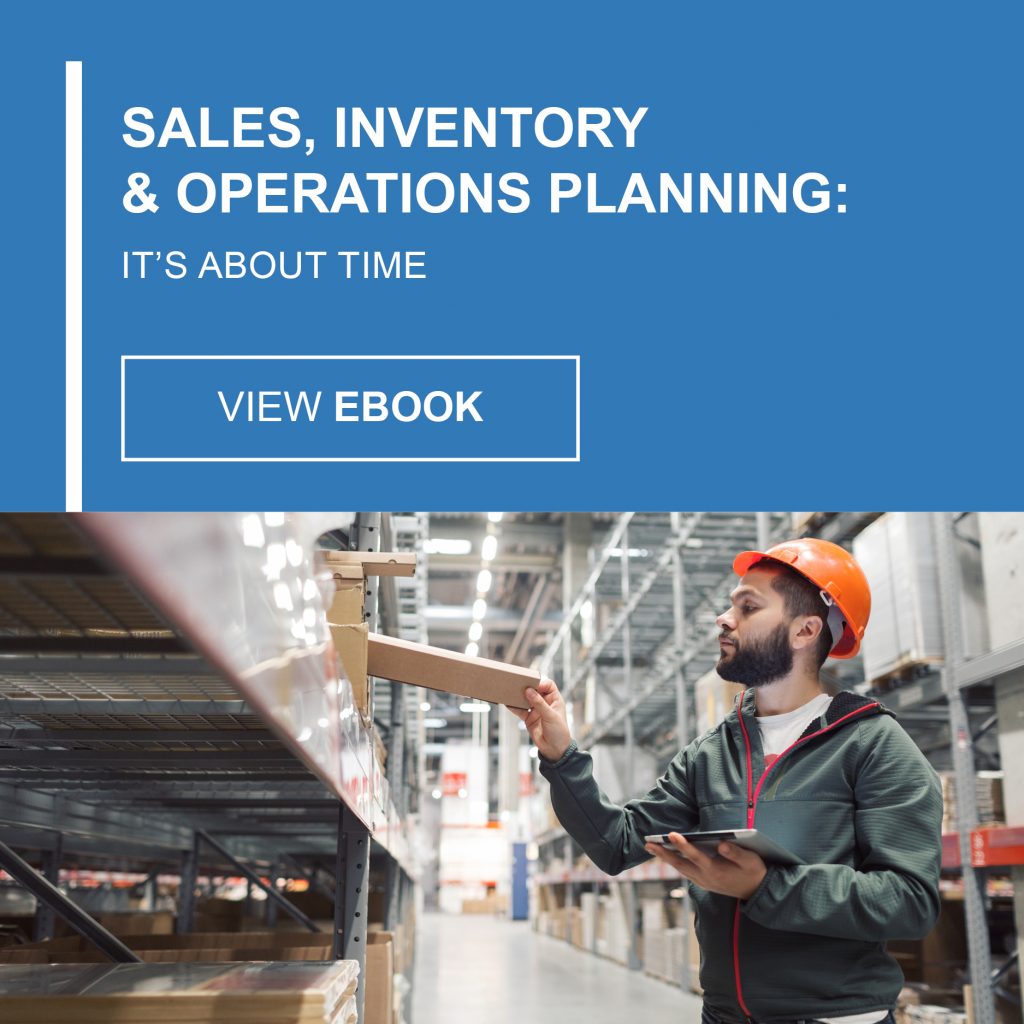
Manufacturing Challenges for 2022 and Strategies to Handle Them
After a couple of difficult years, manufacturing is roaring back in the U.S. There’s a lot to be optimistic about. Consumers are consuming again, fueling high demand. Manufacturers in many facets of the industry are reporting a big uptick in orders, and it shows no signs of slowing down. But, that doesn’t mean manufacturing will enjoy a challenge-free year. There are several factors that continue to bedevil the industry. Here’s a run-down of some of the manufacturing challenges you might be facing in 2022, and strategies to handle them.
Challenge: Shortages of skilled workers
This is a big problem for many industries, and manufacturing is getting hit especially hard. IndustryWeek reports that 54% of U.S. manufacturers are finding it difficult to attract skilled workers to get the job done. That’s up from 38% before the pandemic. From a study by the Workforce Institute at HR solutions company UKG, pain points for employers include getting “ghosted” by workers who simply don’t show up for their shifts (a shocking 68% of manufacturers said they let employees go because of it between January and March 2021), high turnover and intense competition for skilled workers.
Strategy: Focus on retention and hiring
One of the best ways to win the talent war is to keep your people from walking out the door. Employee retention means focusing on their needs, their experience in your workplace, and their future. Promote from within. Provide your people with opportunities for increased training and upskilling, so they can learn and grow. Lay out career paths for your frontline workers who you think may be able to move up the ladder, so they can see the future with your company is about more than their current job. Involve them in the process when you’re looking at your operations with an eye toward greater efficiency. Another powerful way to boost your overall efficiency is to cross-train your people to do more than one job, so that when someone doesn’t show up for a shift, someone else can easily step in. All of this training and upskilling helps employees feel engaged. It lets them know you believe they are important to your company’s success.
When you do need to hire externally, cast your net wide. From the same Workforce Institute study, 62% of manufacturers have hired or considered hiring people with special needs, 56% have hired retirees, and 52% are considering hiring people who have been incarcerated. You may not have considered this talent pool in the past, but there are great advantages to hiring people who traditionally have trouble getting a break. Increased loyalty is a big one.
Challenge: Supply chain disruptions
This has been a major headache for manufacturers since the start of the pandemic, and it is still causing problems.
Strategy: Look at solutions to address time, pricing, production, inventory and information
According to David Newman, Supply Chain Practice Leader for USC Consulting Group, there are a number of tactics to use to combat supply chain disruption, but none are perfect. The most common and easiest to employ are the time solutions. Things like expediting freight (which is a supply-side response), or delaying order fulfillment (which is a demand-side response). But, if your customers have other options and they have low customer loyalty, delaying delivery dates can significantly reduce your revenues. Alternatively, premium freight if you have a low margin product can wipe out profits. Prices can skyrocket, and if you can’t pass those costs on to the consumer, it can erode your margins.
For more supply chain expert advice, watch Newman’s full video, “How to avoid supply chain disruptions” below as he shares his best insights for manufacturers to get around this vexing challenge.
Challenge: Inventory uncertainty
Supply chain disruptions naturally lead to worries about inventory. Manufacturers who have been committed to Lean methodologies have been tempted to stockpile inventory, just in case. But that’s a slippery slope that can erode your efficiency and margins.
Strategy: SIOP
It’s about adding inventory to your sales and operations planning process. It’s a powerful way to balance your inventory, achieving the optimal level between not enough and too much. Between just-in-time and just-in-case. It helps you settle back into Lean, eliminate waste and ramp up your efficiency.
The SIOP planning horizon should be at least a rolling 14-month period. We recommend that our clients update their plans monthly. Some do it more often than that. The point is covering a sufficient span of time to make sure the necessary resources will be available when you need them. The plans take into account projections made by the sales and marketing departments and the resources available from manufacturing, engineering, purchasing and finance. All of that together works toward hitting the company’s goals and objectives.
If you’d like to learn more about SIOP, download our (free) eBook, “Sales, Inventory & Operations Planning: It’s About Time.”
2022 will present its share of challenges for manufacturing. To talk with the experts at USCCG about how to solve them, contact us anytime.






